Rat vs Mouse – What’s the Difference?
What are the main differences between a rat vs mouse? When it comes to rodents, rats and mice are two of the most common species you’re likely to encounter. While they share some similarities, there are several key differences between rats and mice that are important to understand.
From their appearance and size to their behavior, diet, and habitat, knowing the distinctions between these two species can be useful in identifying which type of rodent you’re dealing with.
What Are The Main Differences Between Rats And Mice?
The majority of people can distinguish a rat from a mouse simply by looking at the size of the two animals. However, when looking at a young rat or a huge mouse, it might not be as easy.
In relation to their bodies, a mouse’s head is also considerably smaller than a rat’s. Rat heads are heftier, blunt, and chunky, and have ears that are proportionately smaller than mouses. Mouse heads are tiny, sharply triangular, and feature pointed noses.
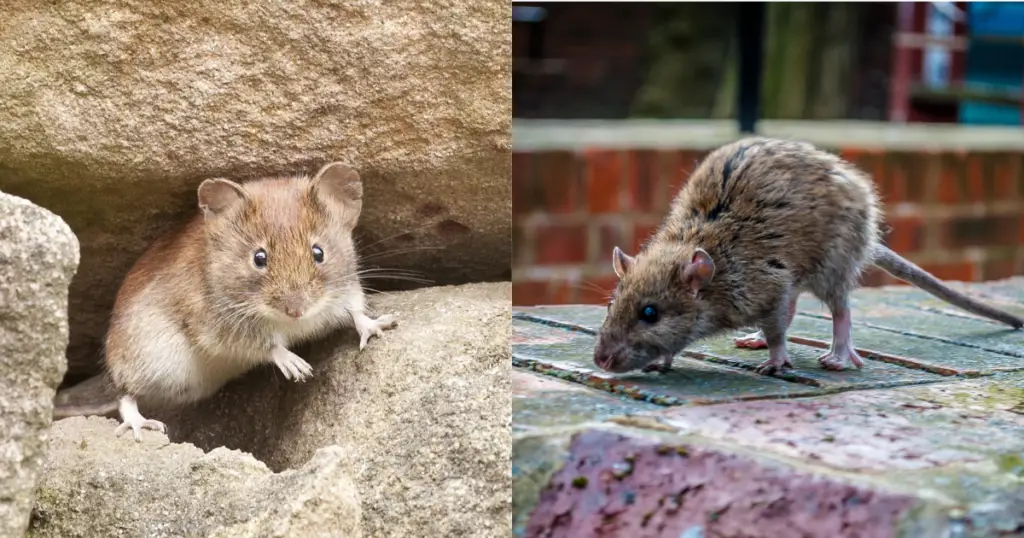
Physical Characteristics
The most obvious difference between rats and mice is their size. Adult rats can grow up to 9-11 inches long (excluding the tail) and weigh up to 1 pound, while adult mice are typically 2-4 inches long (excluding the tail) and weigh only a few ounces. Rats also have larger heads, ears, and eyes than mice. Rats have longer, thicker tails, while mice have thinner, longer tails that are often covered in hair.
Behavior
Rats and mice have different social behaviors. Rats are more social and often live in groups, while mice are more solitary. Rats are also more intelligent and can be trained to perform various tasks, such as jumping and climbing things like walls. Whereas mice are typically used in research studies as model organisms.
Diet
Both rats and mice are omnivores and eat a variety of foods, but rats require a higher protein intake than mice. Rats will eat anything from fruits, vegetables, grains, meats, and even insects. In contrast, mice prefer grains and seeds.
Habitat
Rats and mice also have different habitat preferences. Rats prefer to live in burrows or nests on the ground, while mice are more likely to climb and live in higher spaces, such as attics or walls.
Diseases
Both rats and mice can carry diseases that can be transmitted to humans. Rats are known to carry diseases such as leptospirosis, hantavirus, and rat-bite fever. Mice, on the other hand, can carry diseases such as salmonella, Lyme disease, and plague.
Features of Mice:
- Height: 4 to 8 inches in length, including their tail.
- Weight: 12 to 30 grams.
- Color: White, brown or grey in color.
- Head: Triangular snouts with long whiskers and big, floppy ears.
- Tail: Long, thin, and hairy.

Features of Rats:
- Height: 10 inches or longer.
- Weight: 250 to 600 grams (but can get as big as 4lbs).
- Color: White, gray, brown or black in color and often soiled enough to leave grease marks on touched surfaces.
- Head: The snout of the rat is more blunt than that of the mouse.
- Tail: Long, hairless, and scaly.

Rat vs Mouse Droppings
Rodent droppings are an excellent indication of the pest in your home. Rat droppings are glossy black and half to three-quarters of an inch long, while mouse droppings are tiny and smooth with pointed ends. Both are dark brown in color.
If the droppings you notice are wet, they’re fresh. If they’re dry or powdery, it’s because they’ve been there a while
Rat Droppings
Rat droppings are larger than mouse droppings, typically measuring about 1/2 to 3/4 inch long and 1/4 to 1/2 inch in diameter. They are capsule-shaped with blunt ends and may have a curved appearance. Rat droppings are typically dark brown or black in color and may have a shiny, wet look when fresh. They are often found in concentrated areas where rats are active, such as along walls, in crawl spaces, and near food sources.
Mouse Droppings
Mouse droppings are much smaller and more numerous than rat droppings, measuring about 1/8 to 1/4 inch long and 1/16 to 1/8 inch in diameter. They are also capsule-shaped, but with pointed ends, and may appear granular or rice-shaped. Mouse droppings are typically light brown or black in color and are often found scattered in areas where mice are active, such as along baseboards, in cabinets, and in storage boxes.
Damage Caused By Rats And Mice
Rats and mice can wreak havoc on a variety of buildings, including homes, apartments, businesses, and virtually any other kind of structure by gnawing, nest-building, and excrement:
- Chew on anything that might be useful to build their nests. For example; paper, cloth, clothing, books, wood, cardboard, etc.
- Gnaw and burrow into pillows, cushions, furniture, and even seats of cars to create a comfy and hidden nest.
- Tunnel into insulation to gather soft nesting materials or they may even nest inside the insulation.
- Chew on the insulation around wires. This has been known to cause a real threat of fire.
- Make nests in large appliances and electrical equipment. Rodents may gnaw through insulation and wiring, causing the appliance to short circuit, malfunction, or pose a potential fire hazard.
The more hidden away and undisturbed a location is, the more appealing it becomes to a mouse or rat.
When a mouse travels through your house looking for nesting materials, food, and water, it leaves behind urine trails and feces droppings. Not only do these pollute the surfaces and foods on which they come to rest and increase the risk of disease transmission, but they also provide a scent trail for other mice—indicating that this is an excellent location to reside.
Are Rats Worse Than Mice?
Rats are more aggressive than mice, and they are more likely to bite. Mice are afraid of rats since they will consume and kill them; in fact, rat smell may be used to deter mice. Rats and mice both host rodent-borne illnesses that can be extremely serious, even fatal in some cases.
Rats are much more dangerous than mice. They are larger and more powerful, allowing them to gnaw through a wider range of materials. Mice may be less inclined to bite, but their urine and feces cause greater property damage and offer a higher disease risk.
Therefore, both pose a significant risk in different aspects. Rats are worse because they’re dirtier and will bite. Whereas mice are worse than rats because they tend to cause more damage to your property. Whether you have rats or mice, you want to get rid of them out as quickly as possible.
Reproduction Efforts And Life Expectancy
Mice and rats that live indoors with plenty of food, water, and shelter can reach greater reproductive potential all year long. Because the winter months may be too chilly for rodents to reproduce effectively, wild rodents may only be able to mate during the spring, summer, and fall. Rodents can go through the same reproductive cycle until they die. Once you accept the rodent multiplication rate, you’ll see how rapidly a mice control problem might get out of hand by the end of the year. Unless you address the problem as soon as possible, you may have more rats than planned.
Rats and mice have remarkable reproductive rates. At 4 to 8 weeks of age, mice experience a fast development rate and reach sexual maturity. The gestation period of mice is only three weeks, be able to produce a litter of 5 or 6 babies.
A female mouse can go back into heat and become pregnant within the first 24 to 48 hours after giving birth. And it only takes 25 days or so for a new litter of baby mice. They multiply very quickly.
The average female mouse births 70 to 90 mice per year, and each of those mice are able to mate within 4 to 8 weeks. One female mouse can quickly become a huge issue in your home.
Similarly, a pair of rats can turn into as many as 2,000 rats in one year. They can have litters as big as 22. However, it is more common for a litter of rats to be around 8 to 10 babies. And, it’s worth mentioning, rats and mice are unable to produce offspring together.
The average lifespan of a mouse or rat is one year. Indoor rodents, on the other hand, can live for up to three years. Rodents may survive longer in environments without harsh conditions or predators such as owls, cats, or hawks.
Can Rodents Cause Health Problems?
Rodents are not only dangerous because of the structural damage they can cause, but also because of their potential for allergic reactions, sicknesses and diseases including hantavirus, salmonellosis, rat-bite fever, and even the bubonic plague.
“Rodents can cause a lot of damage and can transmit bacteria and other disease agents, so it is best to have the problem taken care of properly and right away,” said Dr. Richard Cooper, staff entomologist at Cooper Pest Solutions.
Rodent infestations become costly problems for homeowners, so it’s critical to prevent them as soon as possible. If you detect mouse or rat activity in your house, contact your local pest control firm immediately.
Conclusion
There are a few key points to remember when trying to determine if you have mice or rats. Mice are generally smaller, have shorter tails and live about one year. Rats are larger, have longer tails and can live up to three years.
Mice reproduce quickly with short gestation periods while rats take slightly longer to reproduce. Both rodents can have litters of six to twelve offspring at a time.
Rodents contaminate surfaces with their droppings and urine rats, making them a significant health hazard. Rodents are known to cause structural damage as well as allergic reactions, sicknesses and diseases. If you think you may have a rodent problem, contact your local pest control company immediately for help.

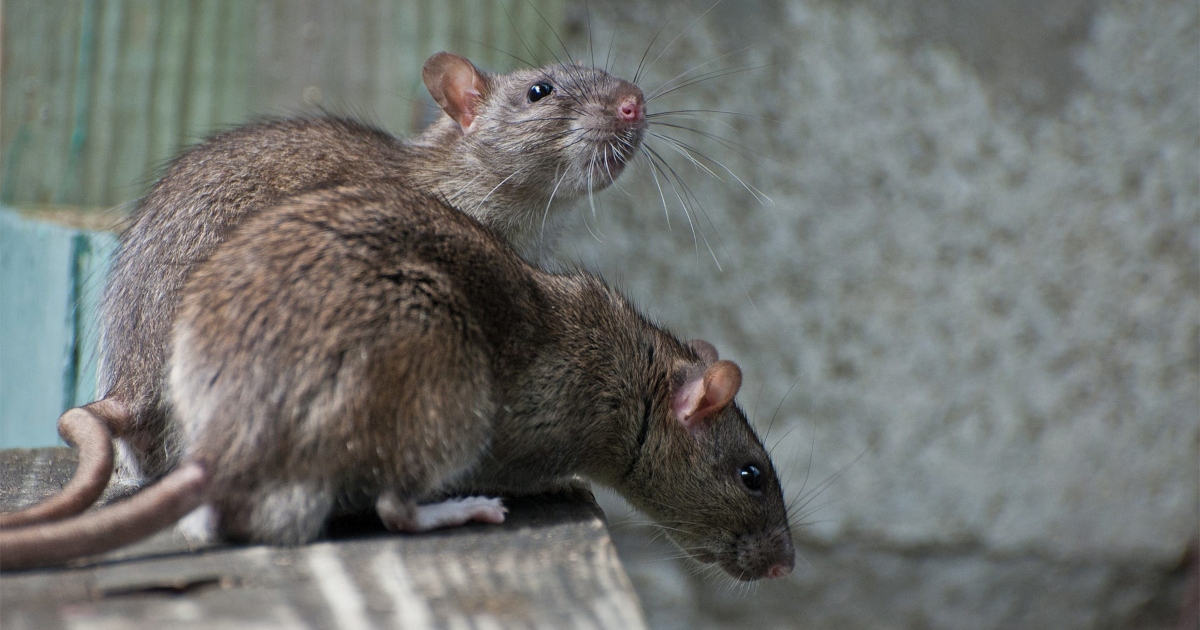
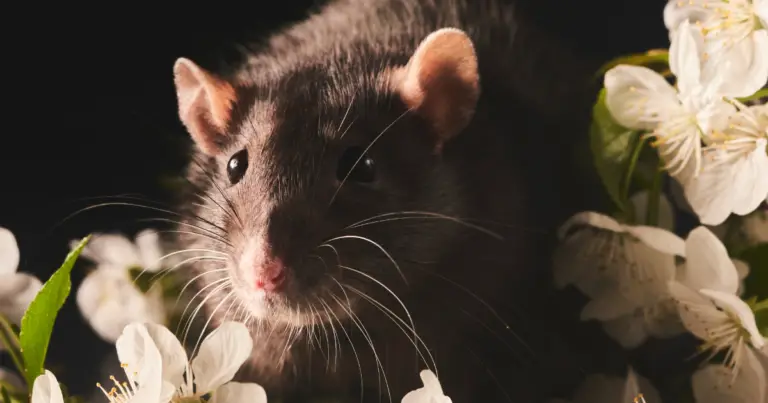
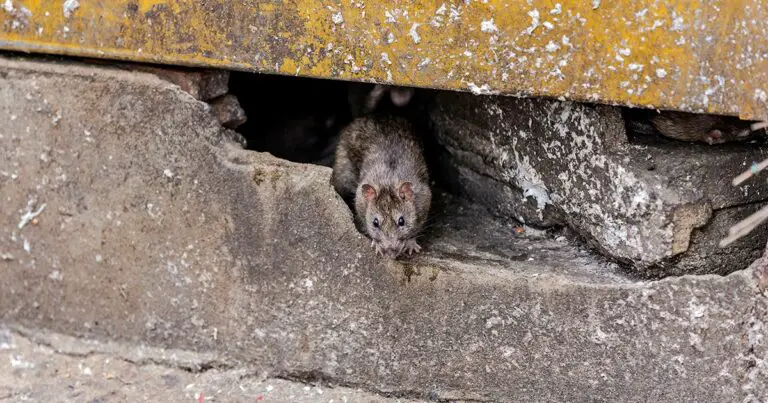
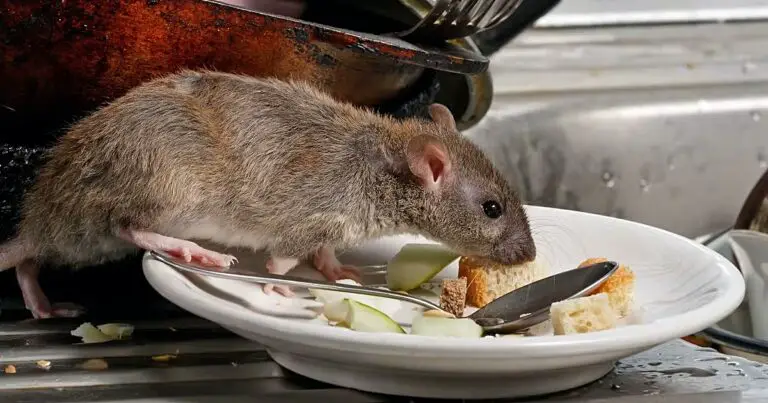
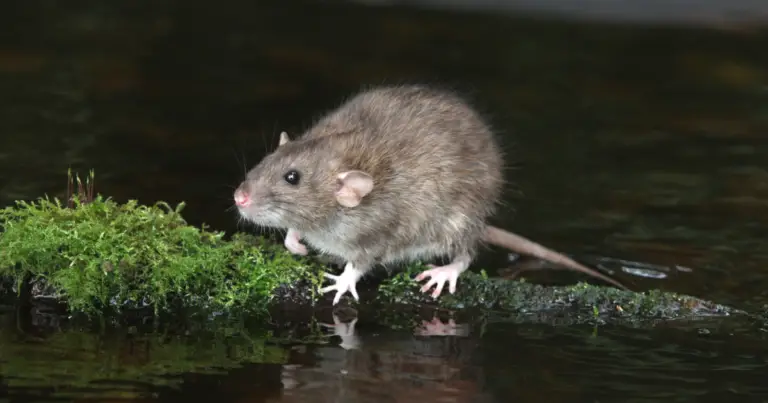
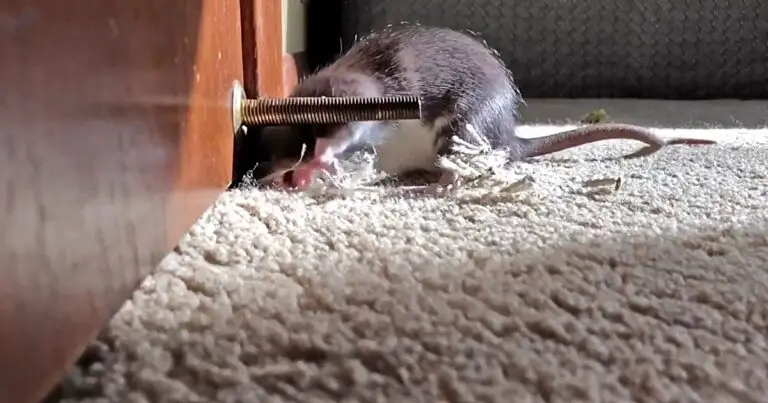


2 Comments